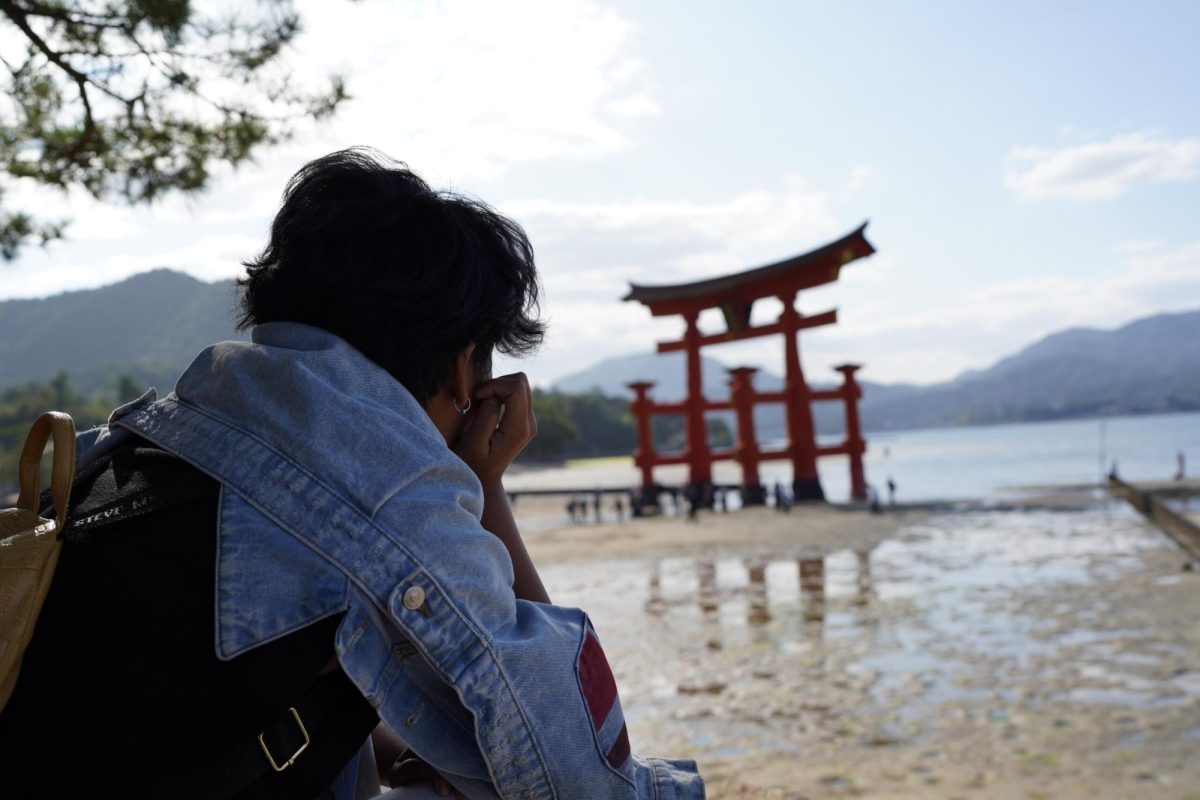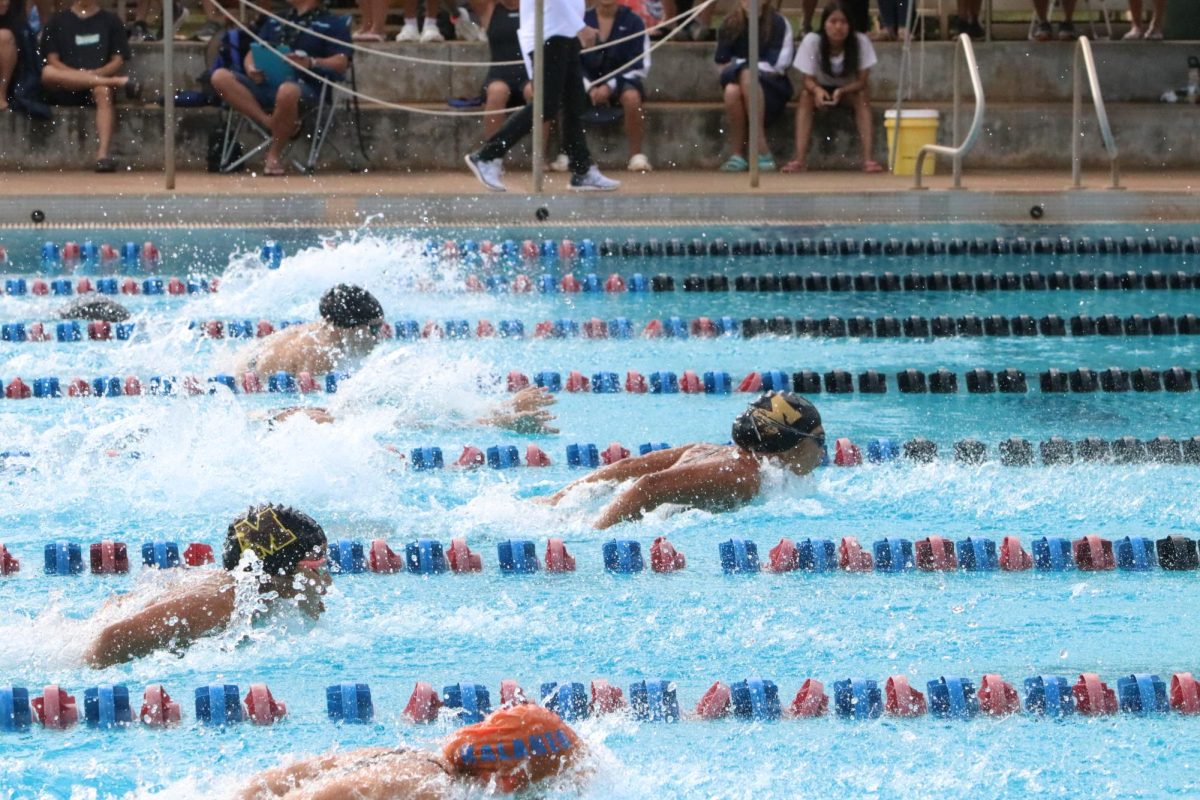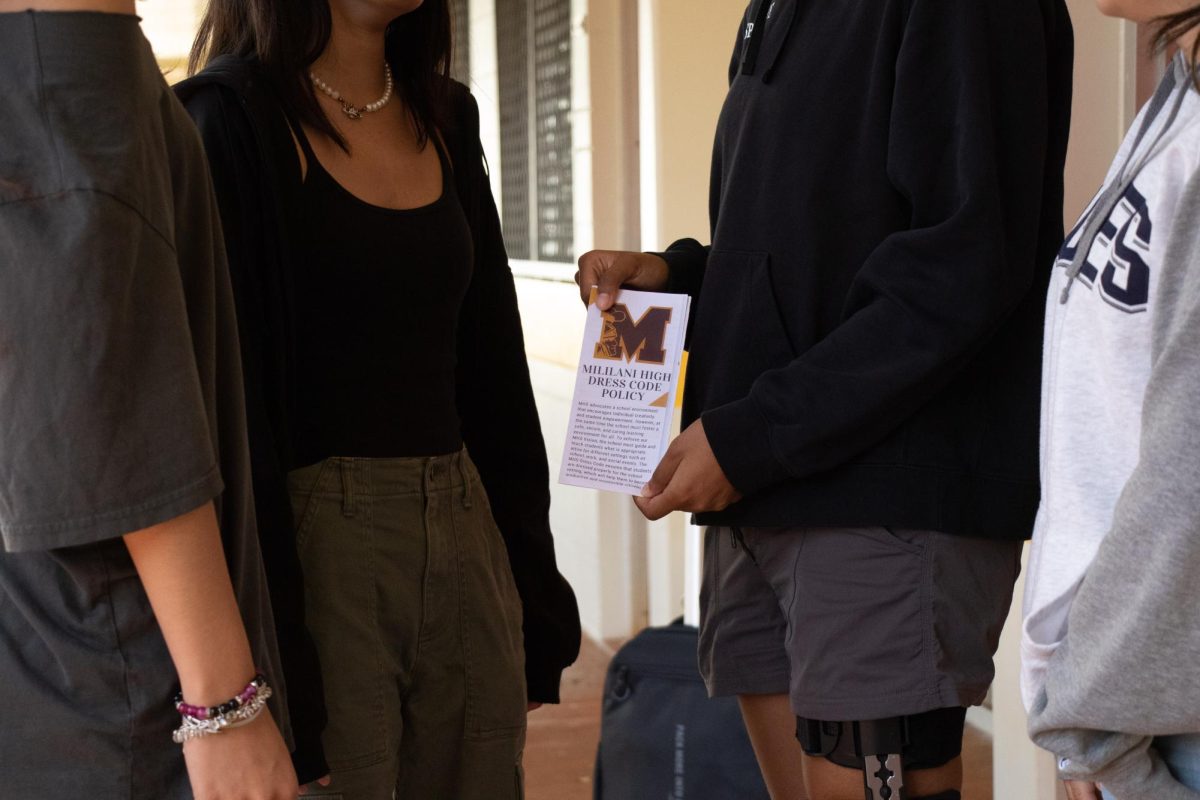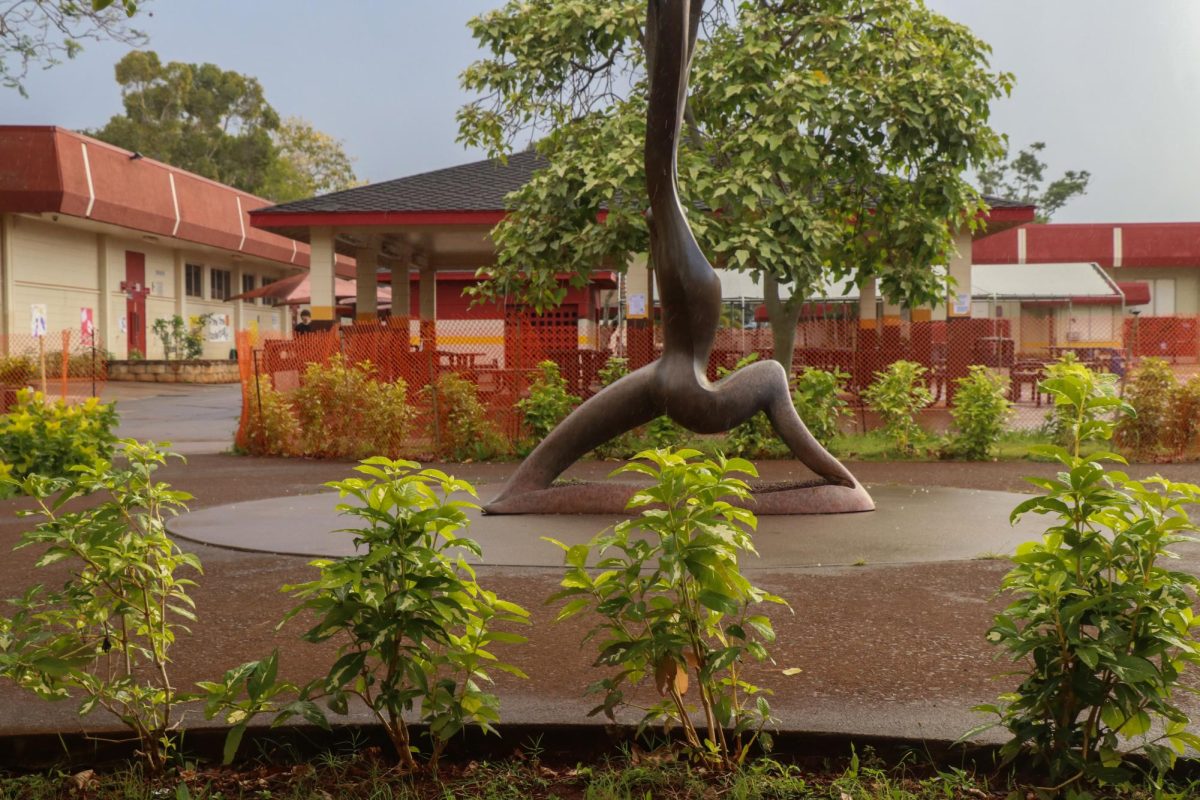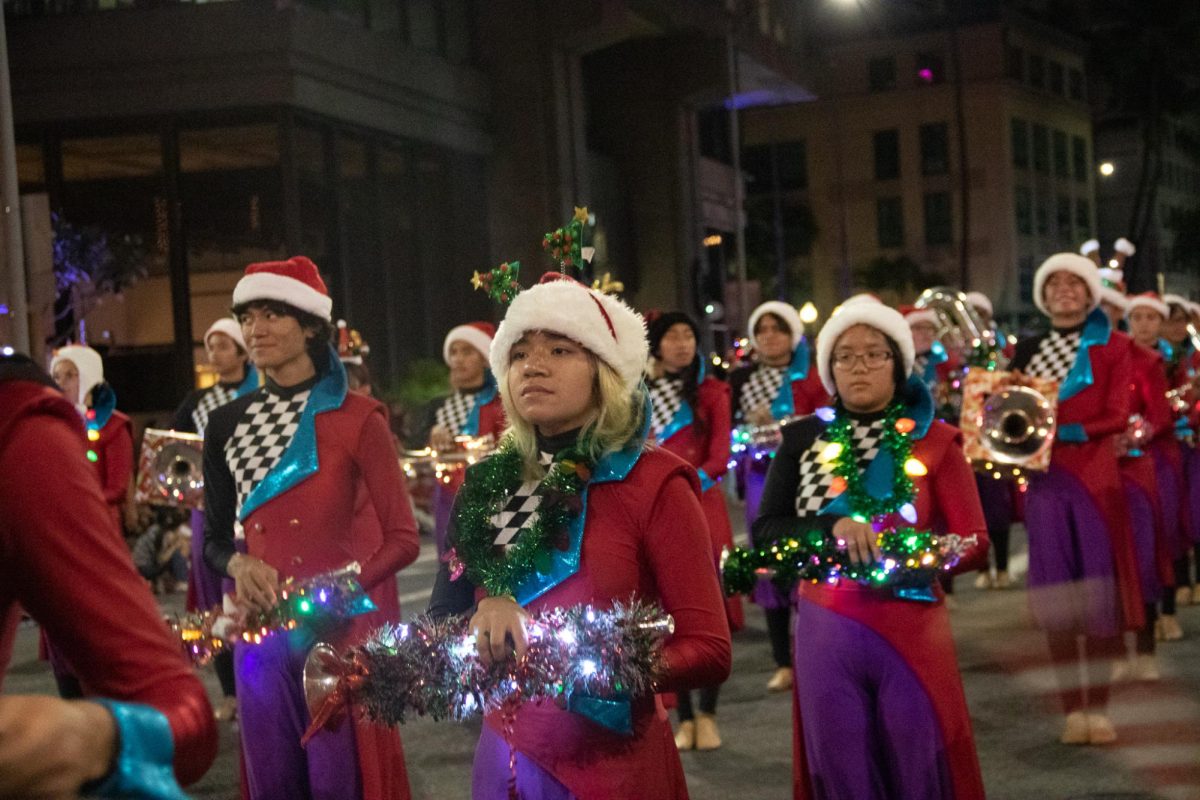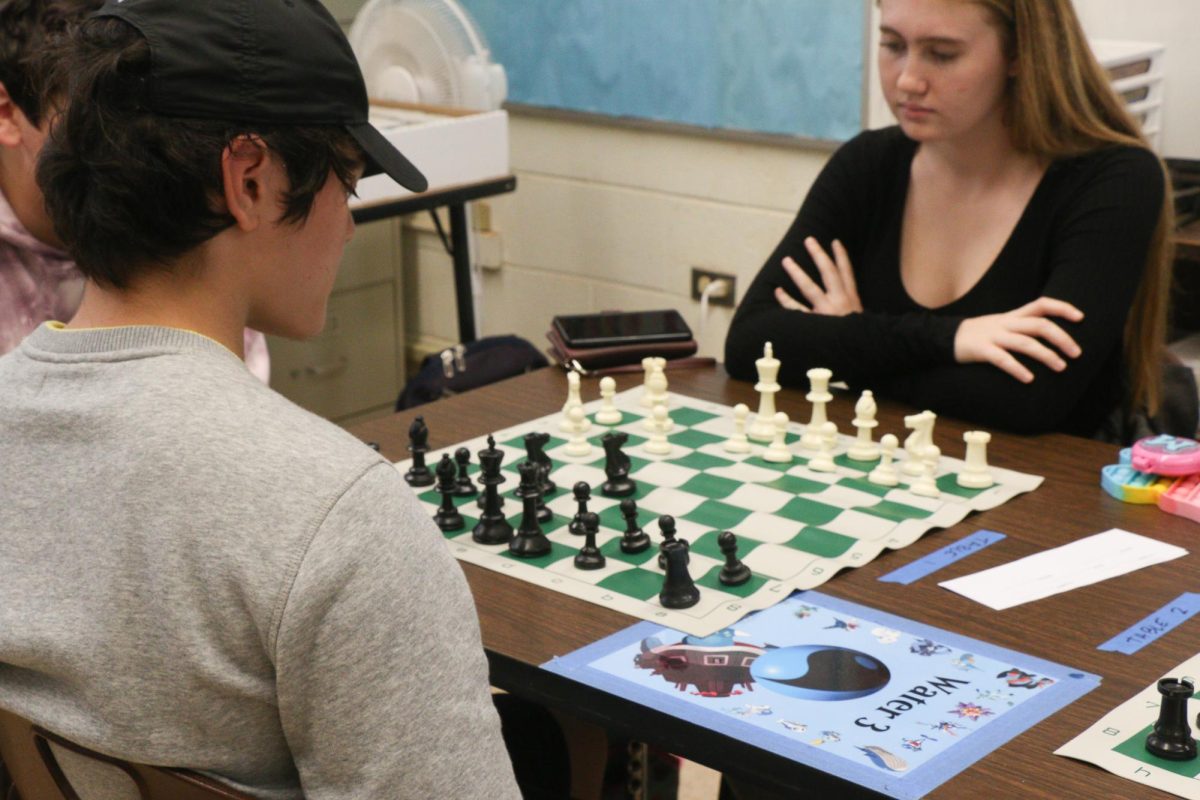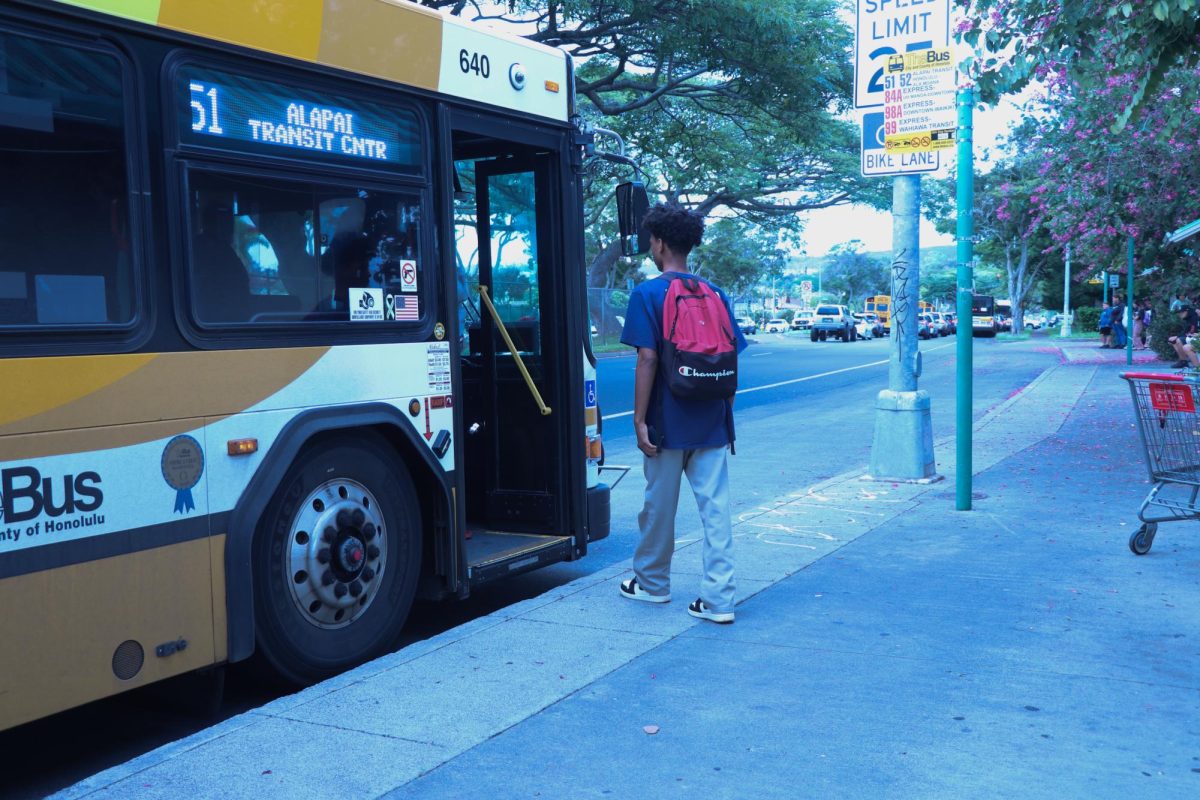By Vivian Fang
[email protected]
On Jan. 11 and 12, Senior Viola Mocz and Junior Brandon Kinard competed against 10 other semifinalists for five finalist titles at the Pacific Symposium for Science and Sustainability (PS3). Mocz placed first, securing herself a spot at the National Junior Science & Humanities Symposium (NJSHS).
“There was kind of a bit of pressure considering that I won first place last year,” said Mocz, “I definitely wanted to be in the top six again because (NJSHS is) always a great opportunity to meet other people and other scientists and make new connections.”
PS3 is a competition funded by the Department of Defense where students present their scientific research, usually relating to applied science. Students first submitted their research papers for review by the Hawaiian Academy for Science. Over 50 papers were submitted to the first judging round, which were narrowed down to 12 semifinalists that would present at the symposium in front of a panel of 10 judges. Students had 12 minutes to present their project followed by a five- minute questioning session. “It’s a really good opportunity for them to apply their social skills and their oral skills,” said MHS Science Fair Coordinator Nel Venzon.
Judges also evaluated the quality of the presentation. “(The semifinalists have) already been pre-selected out of 50 projects,” said Venzon, “This is when students have to clearly present their research, they should be able to answer the questions. If the student does a really good job of answering questions then they have a good project and then you know that student’s going to be in the top five.” Mocz added, “It’s a mixture, I think. As a scientist, you need to present your work effectively for any field, so that’s definitely a plus.”
The symposium also allowed participants to forge new connections. “It was fun, I met a lot of new people and the experience was good. It improved my public speaking skills, which was much needed and it was an overall good experience,” said Kinard, “(My favorite part was) seeing all the other semifinalist projects. They were really interesting.”
Mocz’s project was based off of an extension of her sophomore science fair project which used a torus model to calculate physical properties of particles. A torus is a three-dimensional shape made by revolving a circle along a line made by another circle, giving it the shape of a donut. “The torus is one of the postulates of string theory, where all particles are represented as either one-dimensional lines, two-dimensional closed loops or three-dimensional torii,” explained Mocz, “I did a similar project using a torus model, but that was only to calculate the mass of particles. I went to the European Organization for Nuclear Research (CERN) because I won an award in ISEF in my sophomore year. I spoke with some of the professors about my project and they helped me to further develop my model to include ogy and to calculate various other properties.”
Kinard’s experiment focused on engineering a cheap alternative for visually impaired people. “I created a belt that in prototype, you wore around your waist like a fanny pack and it uses three ultrasonic sensors to send out a sonar-like ping,” explained Kinard, “Based on the time it takes to return the signal, a distance is calculated and this distance is then used to determine the intensity of vibration of a motor placed in conjunction with the sensor.”
Kinard hopes to participate again next year with a project focusing on supercapacitors and energy harvesting. Mocz will be competing at the NJSHS which will take place in Washington D.C. from April 24 to 27.

